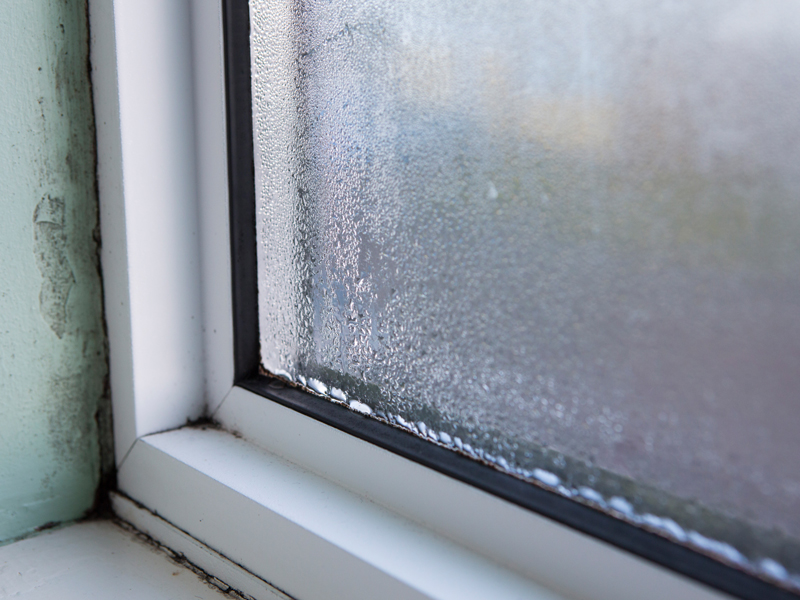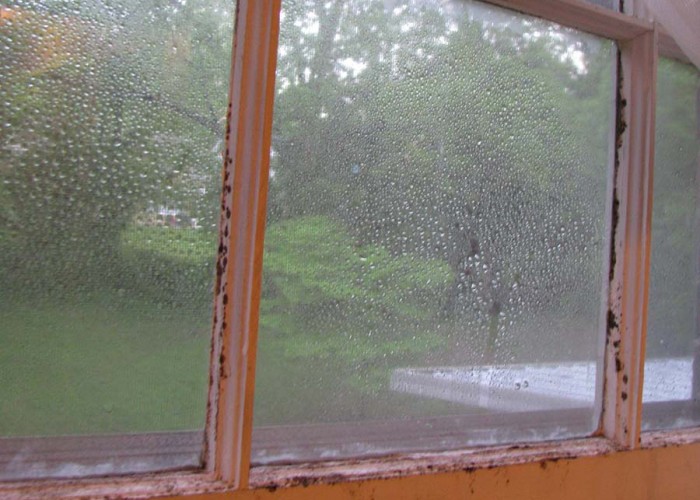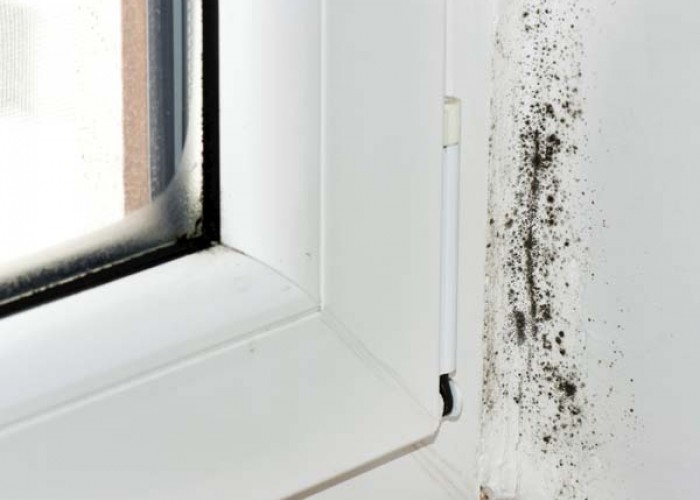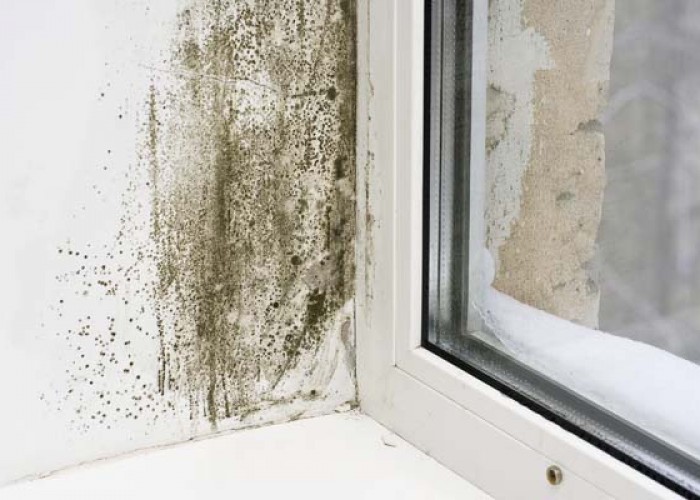Out With the Mold
Managing moisture in your home
By Jonathan SusserQ: I fear I’m starting to see signs of mold in my home. Why me? Where did it come from? What’s the best way to handle it before it becomes a bigger problem?
A:Of the key ingredients needed for mold to survive, moisture is the one we can easily control. So, two important questions to ask right off the bat are: 1) Where is the moisture coming from? and 2) How can we limit or manage it?
For the first question, we recommend focusing on liquid water sources before moisture in air. Rainwater or a plumbing leak getting in or under your home can often make more mess than humid outside air entering, or steam from cooking or bathing not being removed.Once you have a clue as to the source of the moisture, it’s time to dig into the second question. Management efforts can broadly fall into two categories: one-time and ongoing actions. You can learn more at the U.S. Department of Energy’s Building America Solution Center .
For the former, we’re talking about long-term, root-cause measures like roof details, drainage, plumbing fixes, air sealing and duct sealing. These improvements help direct liquid water away from our homes in addition to closing gaps, cracks and holes that could otherwise allow humid outside air inside.
Ongoing actions, on the other hand, rely more on Energy Star® certified appliances that actively remove moisture, including dehumidifiers, your air conditioning unit and exhaust fans. (Yes, your cooling system helps dehumidify, which is one reason it’s not recommended to completely turn off this equipment when you go out of town, even if you leave for an extended period.)
No matter the technology, make sure you’re using it appropriately and that it’s working as intended. For example, your kitchen exhaust fan should be able to hold one sheet of letter-size paper when running, while your bathroom fan should hold two stacked two-ply sheets of toilet paper.
Now, over the last few months, we’ve highlighted Inflation Reduction Act incentives that may be available that relate to On the House topics. This month is no different. There are savings opportunities for pursuing weatherization upgrades — which include air sealing (recommended before insulating), among other actions — as well as for installing new heating and cooling systems. Also, we continue to encourage talking with friends and neighbors about what has worked for them, contractors they may recommend and suggestions if they were to do it again.
Keep in mind that the strategies discussed in this article are applicable really anywhere. So, if moisture or condensation start to crop up in your garden building, workshop, barn or any other place, the tips above should give you a head start on how to tackle it.
-
Mold no more
-
Share this story:






